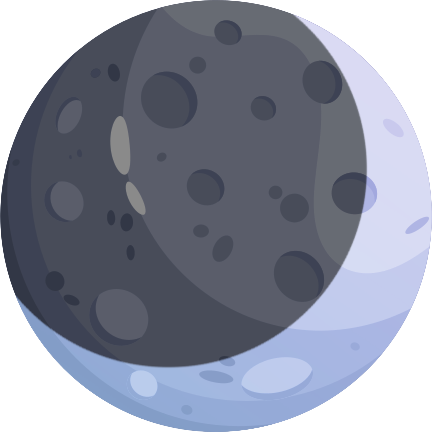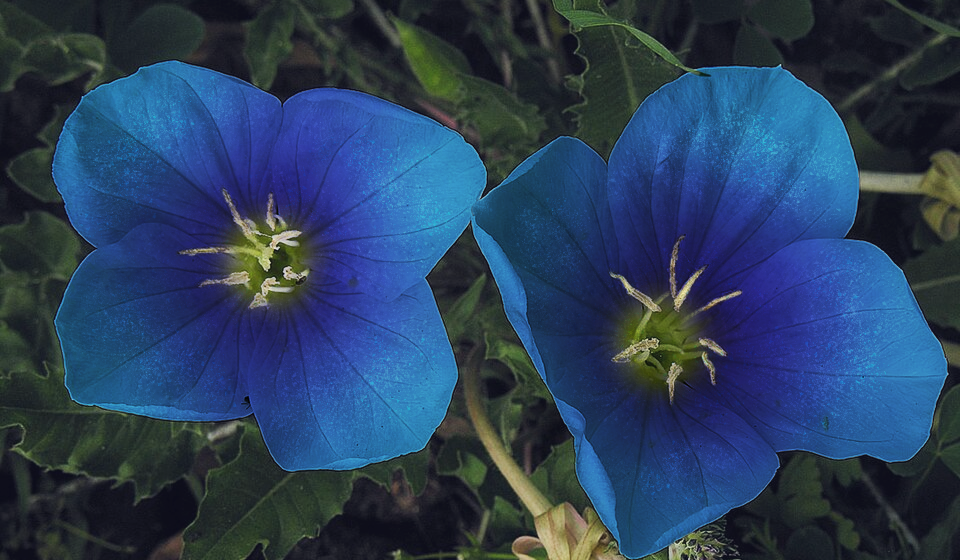Solstice Primrose
Oenothera solstina
Category: Flora
Type: Plant
Subtype: plant
Rarity: Very rare
Season:
☀️🍂
Medicinal: Yes
Edible: No
Toxic: No
Danger Level: Low
This plant is also known simply as "Glowseed" due to the unique nature of it's seed pods.
Habitat: Sunny meadows, grassy plains, forest edges, and open hillsides; thrives in well-drained soil and full sun, especially after seasonal disturbance such as storms, rodent activity, or heat waves. Glowseed is often unearthed near burrows or cached by small mammals who hoard its pods. It can be found mid-summer, late summer, or early autumn.
Identification: Similar to other evening primrose, Solstice Primrose grows in loose clusters of slender, upright stalks reaching 12 to 18 inches in height. Its stems are smooth and green with a faint blue sheen, branching only near the upper third. The leaves are narrow and lance-shaped, growing in alternating pairs along the stalk. Their edges are slightly wavy, and the surface bears a soft, silvery fuzz.
Blossoms appear at the end of each stem, growing from the center of the leaf clusters, with one flower per stalk. Each bloom consists of four delicate, cup-shaped petals that are soft blue-violet with a faint iridescence. This deepens toward the center, where a ring of pale stamens stands in contrast with subtle green and yellow tones.
The blossom opens in late afternoon or early dusk, remains open through the night, and closes with sunrise. After pollination, the flower gives way to a smooth, ovate seed pod, the source of the glowing sap that gives the plant its nickname, Glowseed.
Seeds: A delicate, silver-gold seed pod cradled in curling pale fronds. When bruised, the pod releases a faintly bioluminescent blue sap with a sweet, clean scent. At dusk, the plant seems to shimmer faintly. It seems only these seed pods produce this glowing sap, and the plants look much like other plants of the Oenothera family.
Medicinal Uses:
Habitat: Sunny meadows, grassy plains, forest edges, and open hillsides; thrives in well-drained soil and full sun, especially after seasonal disturbance such as storms, rodent activity, or heat waves. Glowseed is often unearthed near burrows or cached by small mammals who hoard its pods. It can be found mid-summer, late summer, or early autumn.
Identification: Similar to other evening primrose, Solstice Primrose grows in loose clusters of slender, upright stalks reaching 12 to 18 inches in height. Its stems are smooth and green with a faint blue sheen, branching only near the upper third. The leaves are narrow and lance-shaped, growing in alternating pairs along the stalk. Their edges are slightly wavy, and the surface bears a soft, silvery fuzz.
Blossoms appear at the end of each stem, growing from the center of the leaf clusters, with one flower per stalk. Each bloom consists of four delicate, cup-shaped petals that are soft blue-violet with a faint iridescence. This deepens toward the center, where a ring of pale stamens stands in contrast with subtle green and yellow tones.
The blossom opens in late afternoon or early dusk, remains open through the night, and closes with sunrise. After pollination, the flower gives way to a smooth, ovate seed pod, the source of the glowing sap that gives the plant its nickname, Glowseed.
Seeds: A delicate, silver-gold seed pod cradled in curling pale fronds. When bruised, the pod releases a faintly bioluminescent blue sap with a sweet, clean scent. At dusk, the plant seems to shimmer faintly. It seems only these seed pods produce this glowing sap, and the plants look much like other plants of the Oenothera family.
Medicinal Uses:
- Fresh pod chewed: Provides a mild stimulant effect, used to combat exhaustion and improve alertness without hyperactivity (eaten)
- Sap licked or rubbed onto skin: Can provide mild relief to fatigue after travel, scouting, or other sources of lost energy. May improve mental clarity and focus. (topical use)
- Fronds, as a poultice: Immediately relieves itchiness and inflammation by acting as an antihistamine (topical use)
Edit History
- Carey — (2025-07-24 18:52)
- Carey — (2025-07-24 18:51)
- Carey — (2025-07-24 18:51)
- Carey — (2025-07-24 18:36)
- Carey — (2025-07-24 18:33)
 Late Summer Y0 |
Sunny |
95°F / 35°C
Late Summer Y0 |
Sunny |
95°F / 35°C











